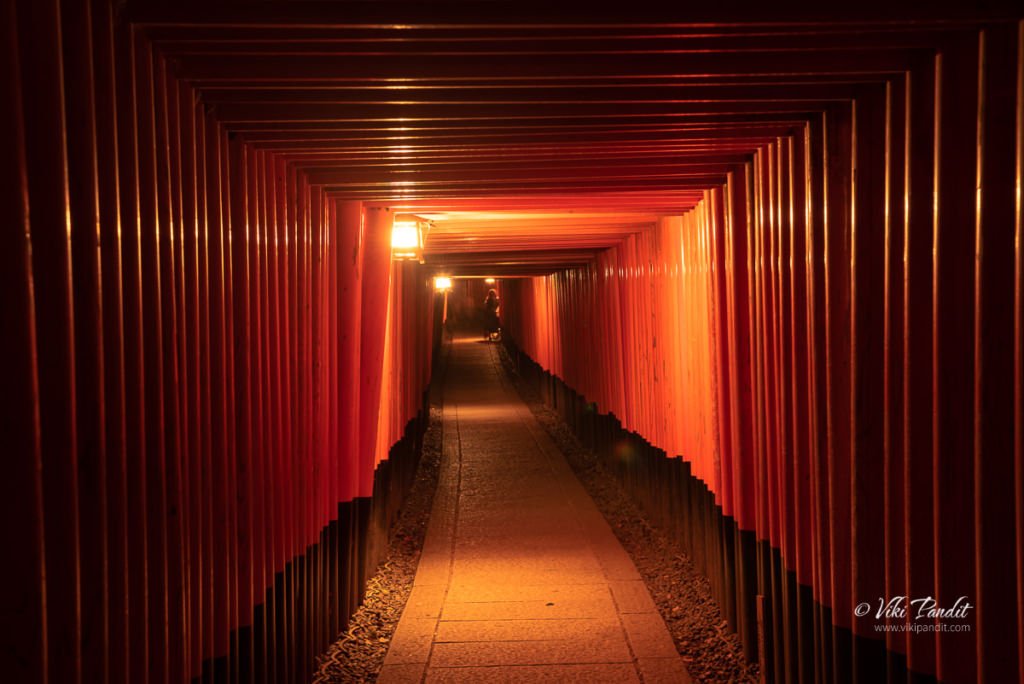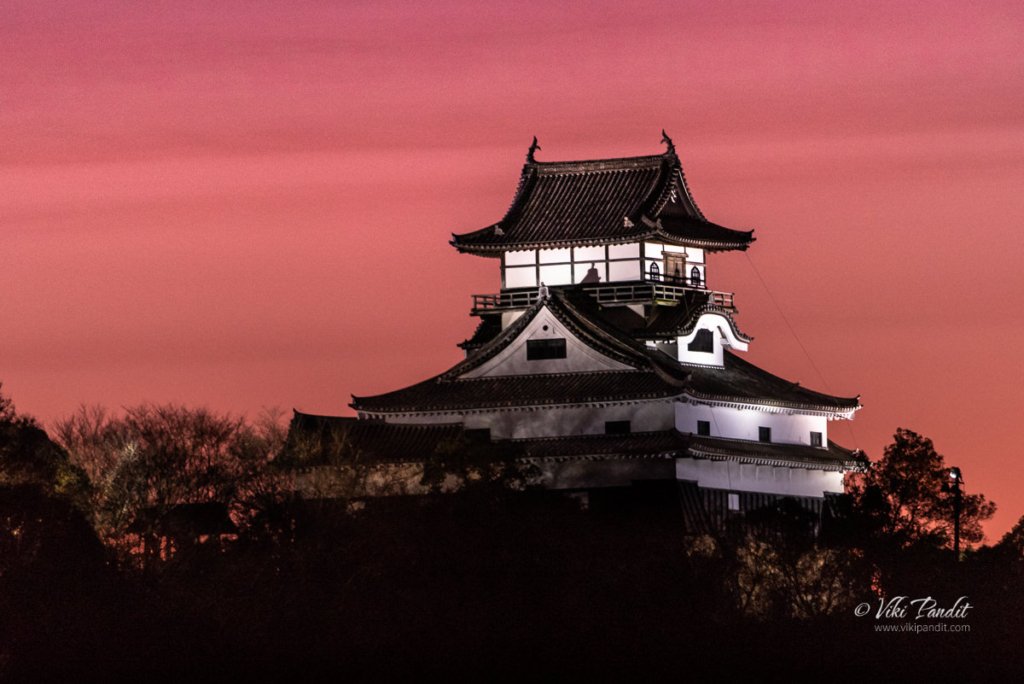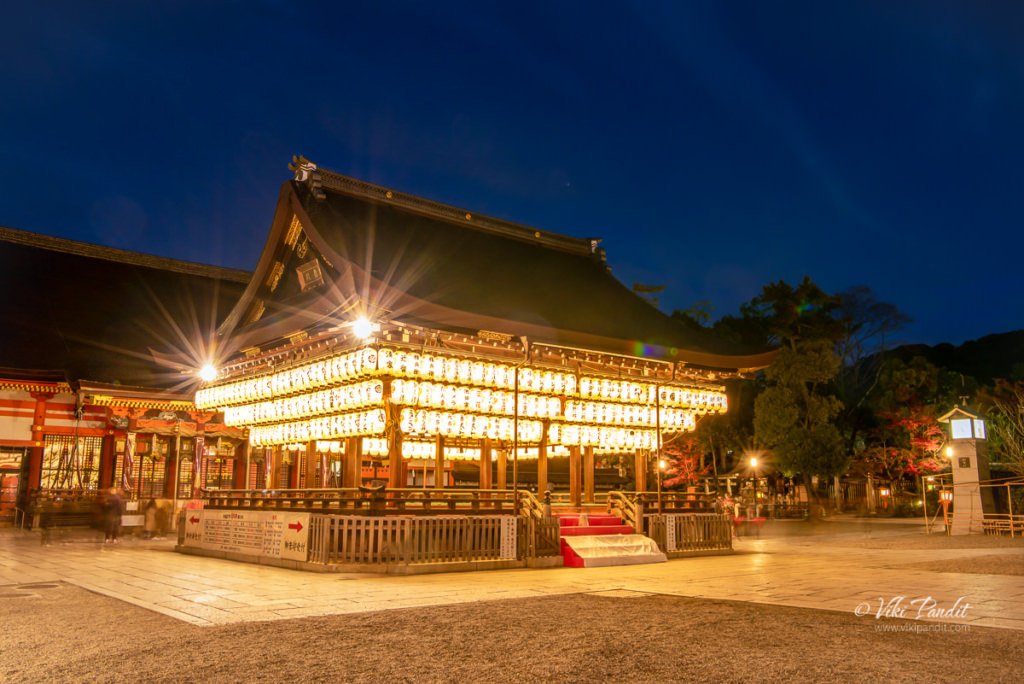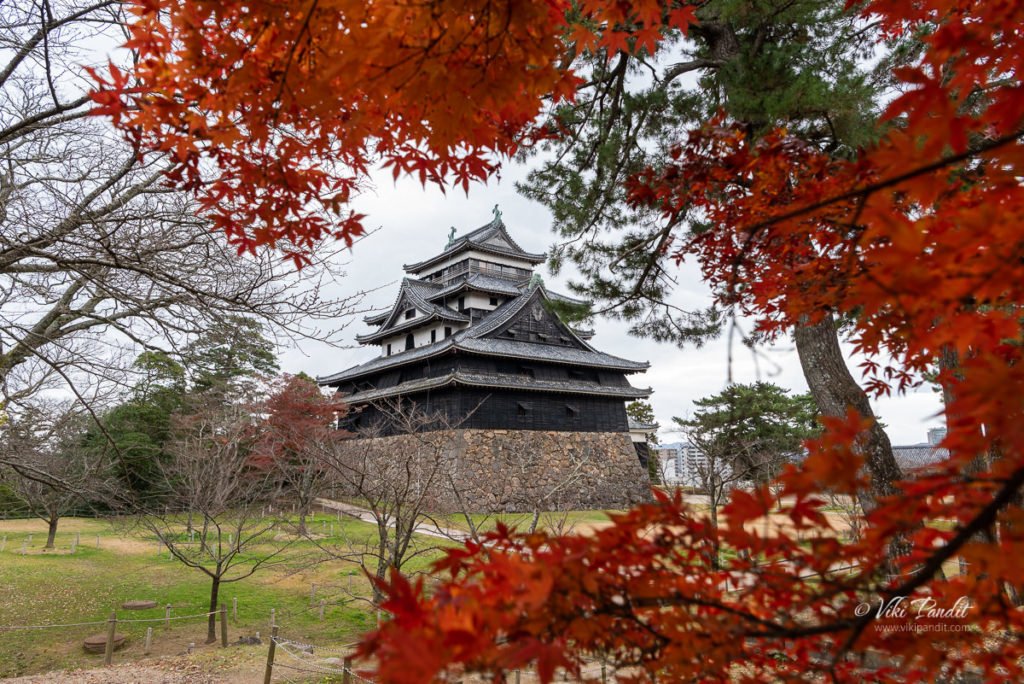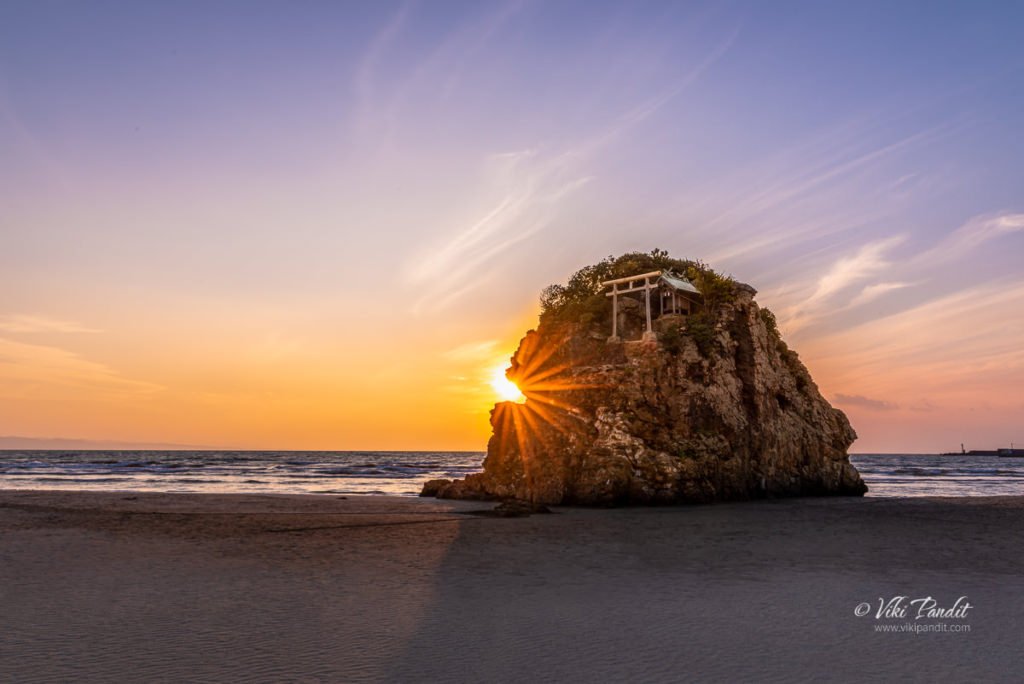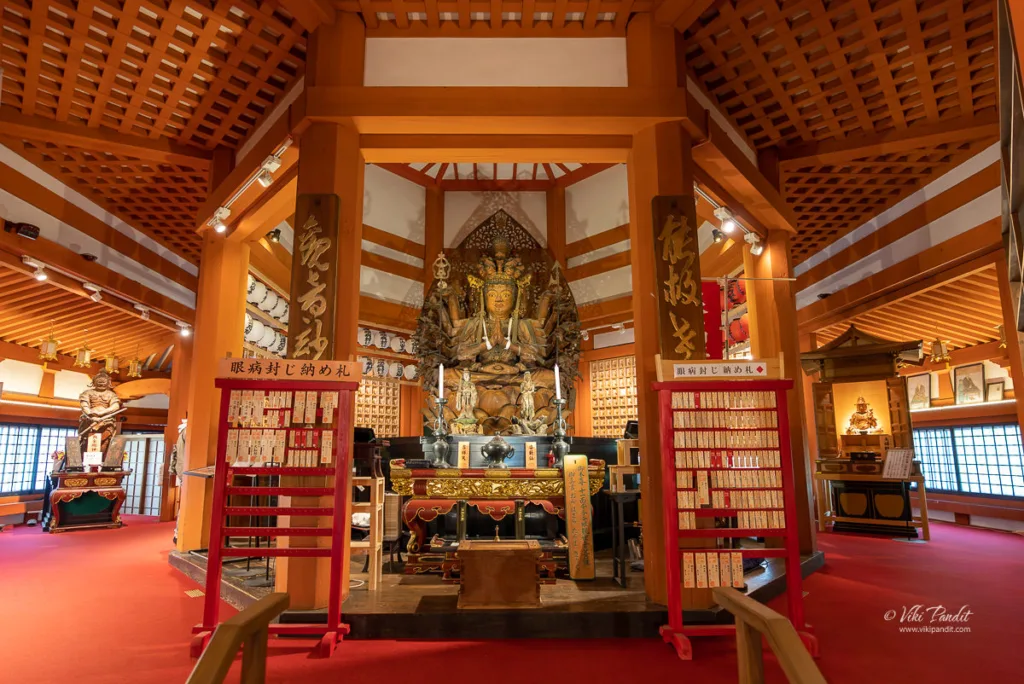

Tsubosaka-dera Temple: Complete Travel Guide to Japan’s Ancient Buddhist Temple in Nara
Tsubosaka-dera Temple, situated in the serene landscapes of Nara, Japan, is a cultural gem with roots dating back over 1,300 years. Nestled on Mount Yoshino, this heritage site provides a panoramic view of the surrounding mountains and valleys, particularly breathtaking during the cherry blossom season.
